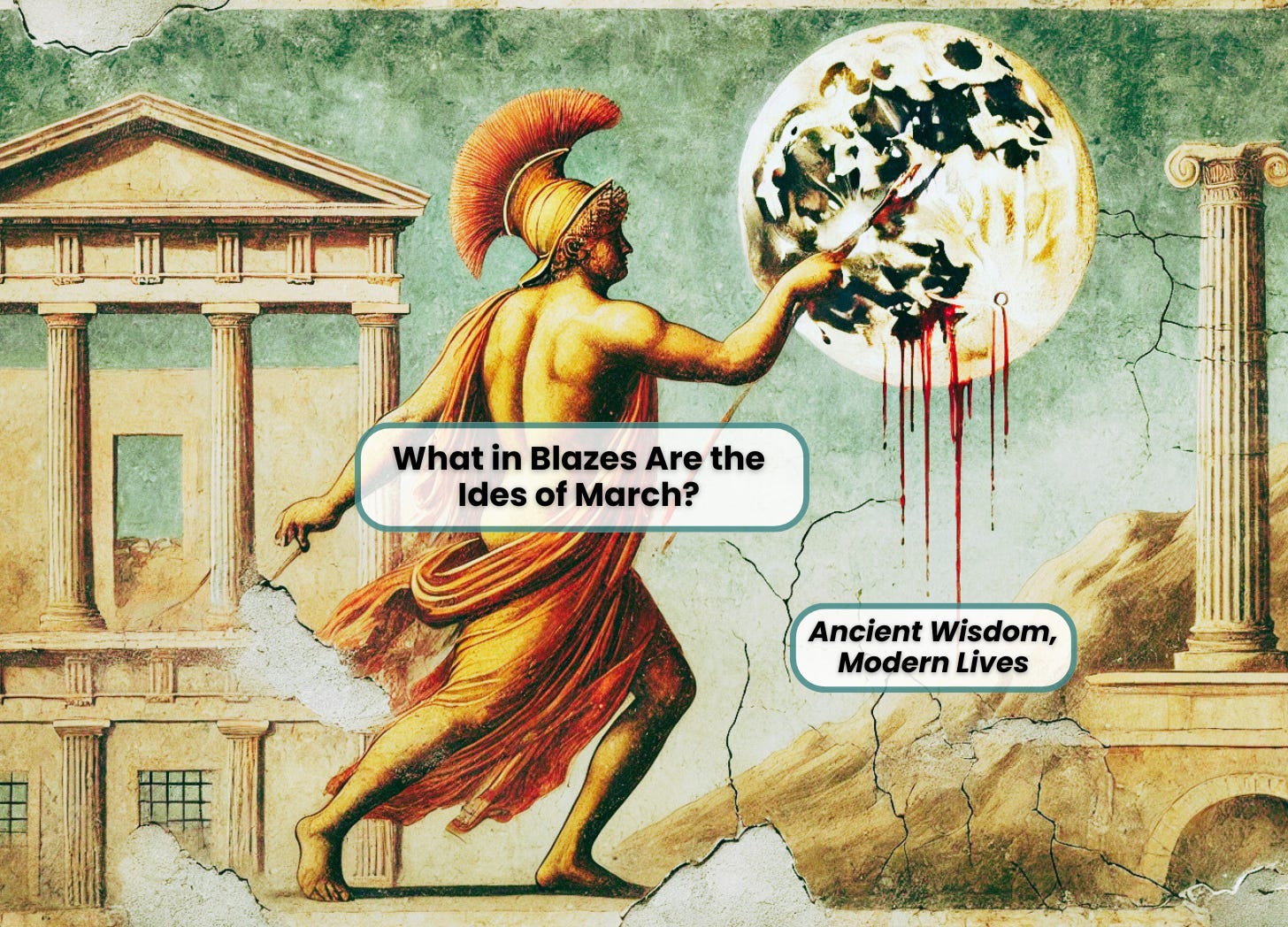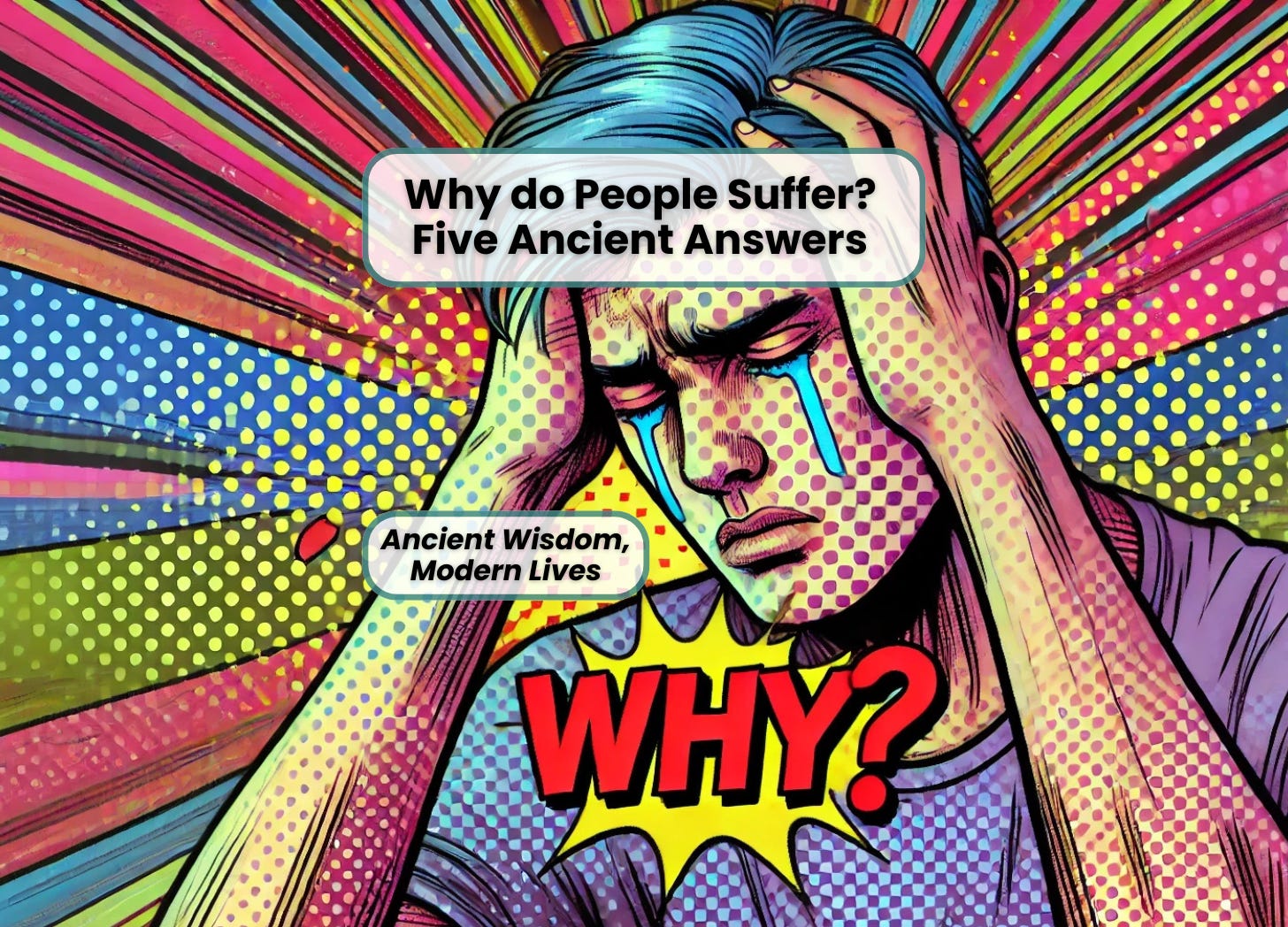Sometimes “Believing the Bible” Means Believing That a Story in it Didn’t Happen
Some stories in the Bible were meant to be history, others fiction. But modernity has obscured the original distinction between the two kinds of biblical writing, depriving readers of the depth of the text.
One way to understand the difference between history and fiction in the Bible is through the Old Testament’s natural division into three parts:
- The world and its nature (Adam to Terah).
- The Israelites and their purpose (Abraham to Moses).
- The Kingdom of Israel and life in Jerusalem (roughly from King David onward).
Even a cursory look reveals a clear and significant pattern.
In the first section, characters live many hundreds of years, and in the second, well into their second century. Only in the third section do biblical figures tend to live biologically reasonable lives.
For example, Adam, in the first section, lives to the symbolic age of 930, and Noah lives even twenty years longer than that. Abraham, from the second section, lives to be 175, his son Issac to 180, and Jacob “dies young” at the age of 147. But the lifespans from King David onward, in the third section, are in line with generally accepted human biology.
Furthermore, historians mostly agree that only the third section represents actual history.
I no longer actively write this blog, but you can find me at Ancient Wisdom, Modern Lives
Subscribe Now I'd love to see you there!The reasonable ages in the third section of the Bible, and, in particular, the wildly exaggerated ages in the first, suggest that the authors of the Old Testament intended only the third part as history. Underscoring this crucial difference, some of the lifespans in the first two sections are so absurd as to defy literal interpretation. These hugely advanced ages are central clues about the point of the stories.
The Old Testament contains a wide range of texts in addition to stories: laws, prayers, moral codes, and more. But even the stories come in more than one variety. Noah and the Great Flood are not in the same category as Moses and the Ten Commandments, and both are different than King David and the First Temple.
History and fiction mingle throughout the Old Testament, so these divisions are just rough guides. Jeremiah’s historical description of the siege on Jerusalem is not the same as Ezekiel’s non-historical vision of the dry bones, just as there are historical elements (like the invention of fire-hardened bricks) even in the non-historical account of the Tower of Babel.
My point here is not that some of these stories happened and some didn’t (though that’s almost certainly true). Rather, it is that the Bible itself portrays them differently, only presenting some of them as having happened. In other words, sometimes “believing the Bible” means believing that a story in it didn’t happen.
The situation not unlike a modern newspaper, which combines news with opinion, puzzles, comics, etc. The news can be accurate even if the comics are not. The same is true for the different parts of the Bible.
The New Testament similarly offers more than just stories, and, as with the Old Testament, only some of the stories in the New Testament were meant as history. Others were intended to convey things like theology and morality. The account of Jesus’ life in the Gospels is not the same as the beast in Revelation or Adam’s life in Genesis. (The issue of different categories for Jesus and Adam is a matter of fierce modern debate because of its potential theological significance and its interaction with the theory of evolution.)
All of this is important for people who want to believe, for instance, that a man named Jesus was crucified in ancient Jerusalem (as described in the Gospels) even if they don’t believe that a donkey spoke aloud (Numbers); or that Jews lived in Jerusalem during the first millennium BC (Kings, for example) even if they didn’t leave Egypt 600,000 strong (Exodus).
More generally, this recognition that Bible stories are not all the same is part of understanding the essence of the Bible, and is crucial for people who believe that the Bible remains relevant even if parts of it aren’t historically true.
Like combining a newspaper’s news with its comics, painting the Bible with a single brush obscures its original nature.
[Based on “The Bible Isn’t The History You Think it Is,” originally published in the Huffington Post.]






5 Responses
I’ve noticed that the parts of the scriptures that I like are all literal while the ones that I don’t like are all figurative! 🙂
I actually like the parts that favor my intellectual biases, my emotional biases and everything else that promotes cohesion and social tolerance.
I was fortunate enough to discover a site that holds most of these views.
Bible Odyssey
Thankyou for the confirmation.
If Adam was not literally 930 years old, you’ll need to provide evidence from other scriptures. Otherwise, this is just what you “think”.
In my mind I can happily entertain both scenarios, a literal and metaphorical reading of the long lives.
In my kidneys I tend towards the literal. Yet it would not be a crushing blow if it were possible to demonstrate otherwise.
But let’s consider the work now been done into extending Human Life Span. Aubrey de Grey is perhaps the leading light in the science, and he several years ago confidently predicted the first human to live to 1000 years is alive today.
Interestingly the reason he gives for the upper limit of 1k yrs is statistical. Simply the chances of dying by accident are such that this is the rational maxim, all other things being equal, bar the medical extension of life.
The bible could have gone with Sumer’s crazy long lives from their King list, eg 72,000 years especially if we accept the premise this was Abraham was Sumerian. It didn’t.
Further the bible states Adam’s descendants were later limited to 120 years. Which is the consensus today, ie 120 years or thereabouts is the maximum lifespan of humans.
Of course one might argue that this was chosen because it was an observed fact. Yet ages approaching this maximum are still relatively rare today, it seems to me improbable that there would be a sufficient sample size in a primitive population to reach this conclusion by observation.
Hitting the 1000 years target of De Grey will probably involve more than just preventing our telomeres from shortening, and so avoiding cell death, but the fact a great many experts in this field are prepared to entertain the notion, gives us reason, I believe not to be so dismissive of these biblical claims, especially since the Bible gives God credit for changing something in the human condition to limit us to six score years.